
Agnes Smyth Baden-Powell was the younger sister of Robert Baden-Powell, 1st Baron Baden-Powell, and was most noted for her work in establishing the Girl Guide movement as a female counterpart to her older brother's Scouting Movement.

Sir Terence Aubrey Murray was an Irish-Australian pastoralist, parliamentarian and knight of the realm. He had the double distinction of being, at separate times, both the Speaker of the New South Wales Legislative Assembly and the President of the New South Wales Legislative Council. From 1837 to 1859 he owned the Yarralumla estate, which now serves as the official Canberra residence of the Governor-General of Australia.
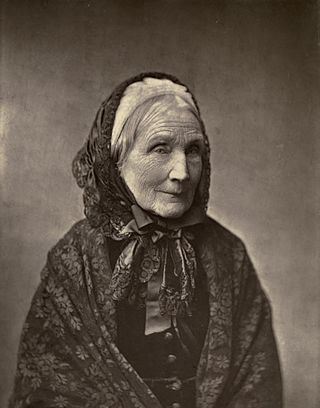
Mary Howitt was an English poet, the author of the famous poem The Spider and the Fly. She translated several tales by Hans Christian Andersen. Some of her works were written in conjunction with her husband, William Howitt. Many, in verse and prose, were intended for young people.

Louisa Maria "Louise" Torrey was the second wife of Alphonso Taft, and the mother of U.S. President William Howard Taft.

Mary Anne Schimmelpenninck was a British writer in the anti-slavery movement.
Selina Bunbury (1802–1882) was an Anglo-Irish novelist and traveler.
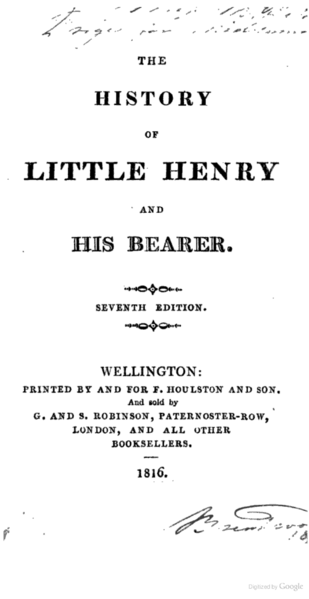
The following is a list of the published works of Mary Martha Sherwood. Because it relies on M. Nancy Cutt's annotated bibliography of Sherwood's books in Mrs. Sherwood and her Books for Children, this list does not include her many periodical articles, such as those she wrote for The Youth's Magazine. The list follows Cutt's generic divisions.

Amalie Auguste of Bavaria was a Bavarian princess by birth and Queen of Saxony by marriage to King John of Saxony.

Eliza Leslie, frequently referred to as Miss Leslie, was an American author of popular cookbooks during the nineteenth century. She also wrote household management books, etiquette books, novels, short stories and articles for magazines and newspapers.
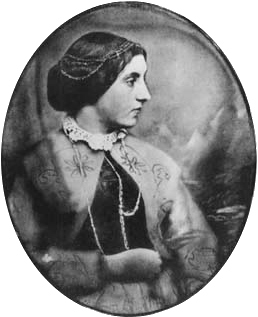
Jane Loudon, also known as Jane C. Loudon, or Mrs. Loudon in her publications, was an English writer and early pioneer of science fiction. She wrote before the term was coined, and was discussed for a century as a writer of Gothic fiction, fantasy or horror. She also created the first popular gardening manuals, as opposed to specialist horticultural works, reframing the art of gardening as fit for young women. She was married to the well-known horticulturalist John Claudius Loudon, and they wrote some books together, as well as her own very successful series.

Auguste Strobl was a Bavarian beauty of the 19th century. The daughter of a royal chief accountant, she also appeared in the Gallery of Beauties gathered by Ludwig I of Bavaria.

Rosina Bulwer-Lytton, Baroness Lytton, was an Anglo-Irish writer who published fourteen novels, a volume of essays, and a volume of letters.

Mildred Barnes Bliss was an American art collector, philanthropist, and one of the cofounders of the Dumbarton Oaks Research Library and Collection in Washington, D.C.
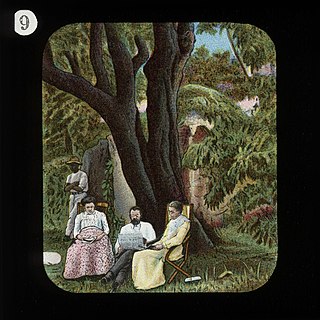
Mary Livingstone was the wife of the Scottish Congregationalist missionary David Livingstone. She was a linguist, an experienced traveller, and managed the household affairs including missionary stations and infant school.

Lucretia Newman Coleman was an African-American writer born in British North America to a fugitive slave. Fluent at the end of the nineteenth-century, her works were praised by her contemporaries of the African-American press.

Ellis Gray Loring was an American attorney, abolitionist, and philanthropist from Boston. He co-founded the New England Anti-Slavery Society, provided legal advice to abolitionists, harbored fugitive slaves in his home, and helped finance the abolitionist newspaper, the Liberator. Loring also mentored Robert Morris, who went on to become one of the first African-American attorneys in the United States.
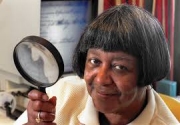
Agnes Kane Callum was a genealogist known for her research into Maryland's African-American history. She was a founding member of the Baltimore Afro-American Historical and Genealogical Society, a frequent columnist for The Catholic Review, and the founding editor of a black genealogical journal, Flower of the Forest. Callum was inducted into the Maryland Women's Hall of Fame in 2014.
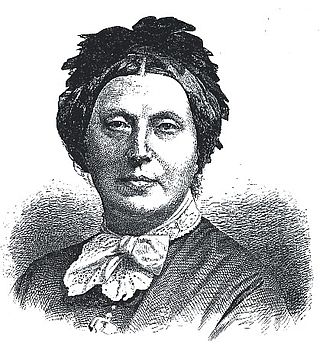
Isabella Braun was a German writer.

William Grinsell Nicholl was a British 19th-century architectural and monumental sculptor.


















